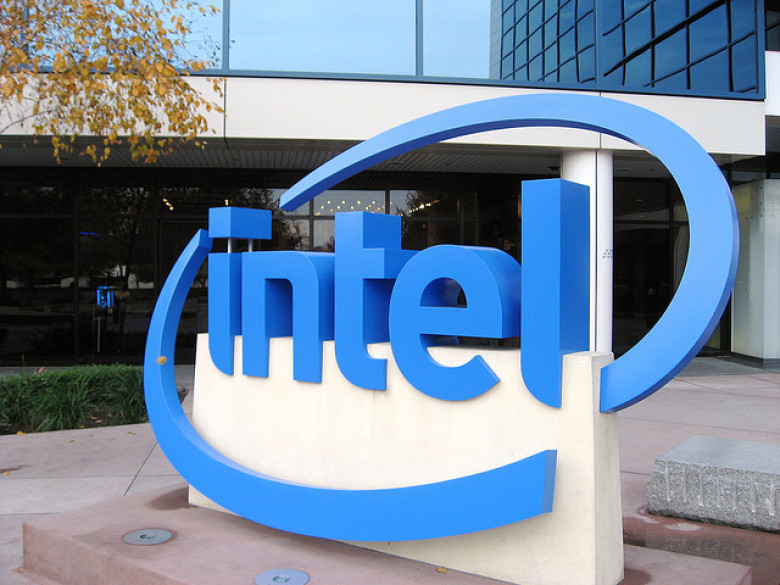Behind Intel's New Random-Number Generator
Imagine that it's 1995 and you're about to make your very first online purchase. You open your Netscape browser, sipping coffee as the home page slowly loads. You then navigate to Amazon.com, a new online bookstore your friend told you about. As you proceed to make your purchase and enter your payment information, the address your browser points to changes from one starting with "http" to one that begins with "https." That signals that your computer has established an encrypted connection with Amazon's server. This allows you to send credit card information to the server without worrying that an identity thief will intercept the transmission.
Unfortunately, your first online transaction was doomed from the start: It will soon be discovered that the supposedly secure transfer protocol your browser just followed wasn't very secure after all.
The problem was that the secret keys Netscape was using weren't random enough. They were strings of only 40 bits, meaning there were around a trillion possible number combinations. That may seem like a lot, but hackers were able to break these codes, even with mid-1990s computer speeds, in about 30 hours. The nominally random number Netscape used to form a secret key was based on just three values—time of day, process identification number, and parent-process identification number—all of them predictable. This allowed the attackers to reduce the number of keys that they needed to try, and to find the right one much sooner than Netscape had anticipated.










































































